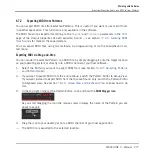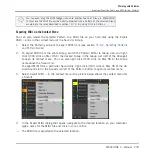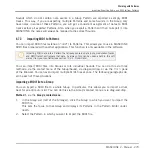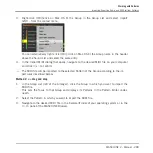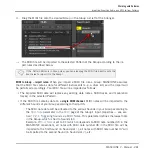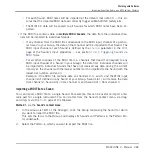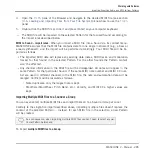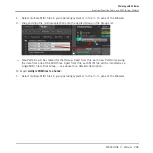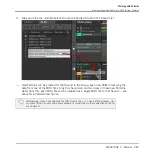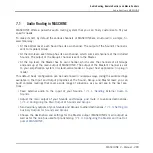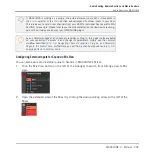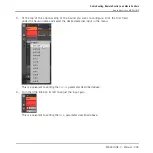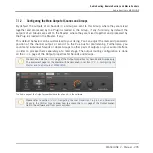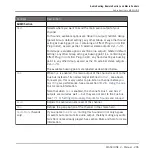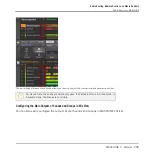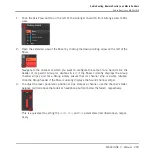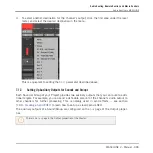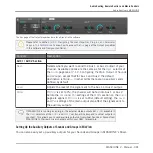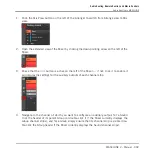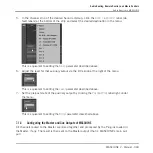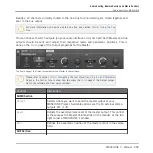
Mix View or Arrange View?
When it comes to adjusting audio and MIDI routings, the Mix view can sometimes be the most
efficient way to do: The familiar mixing desk layout allows you to quickly find the parameters
you are looking for and adjust the routing on the fly. Hence, in the following sections we de-
scribe the procedures in both Arrange view and Mix view. For more details on the Mix view,
please refer to chapter
You will also find useful examples of the various routings described here in chapter
Configuring the Audio Routing from Your Controller
All the procedures described in the following sections make use of the Channel properties. As
a consequence, they can also be done from your controller! To do this, switch your controller to
Control mode and navigate to the desired Channel properties as described in section
Navigating Channel Properties, Plug-ins, and Parameter Pages in the Control Area
.
7.1.1
Sending External Audio to Sounds
Each Sound can be configured to receive external audio signals. These audio signals can be
coming from the following sources:
▪
Outside MASCHINE (from your audio interface if MASCHINE is used in stand-alone mode,
or from your host if MASCHINE is used in plug-in mode).
▪
Additional outputs of multiple-output Plug-ins that might be loaded somewhere else in your
Project.
Each Sound can use one external stereo input. The same external signal can be fed into any
number of Sounds.
For example, this allows you to have any external audio signal be processed by the Plug-ins
loaded in that Sound, and more generally, integrate external audio signals into the MASCHINE
routing and processing system. See also section
10.2, Applying Effects to External Audio
for
an example of use and step-by-step instructions.
The configuration of external audio inputs for a Sound is done on the
Audio
page of the
Sound’s Input properties.
Audio Routing, Remote Control, and Macro Controls
Audio Routing in MASCHINE
MASCHINE 2 - Manual - 290


